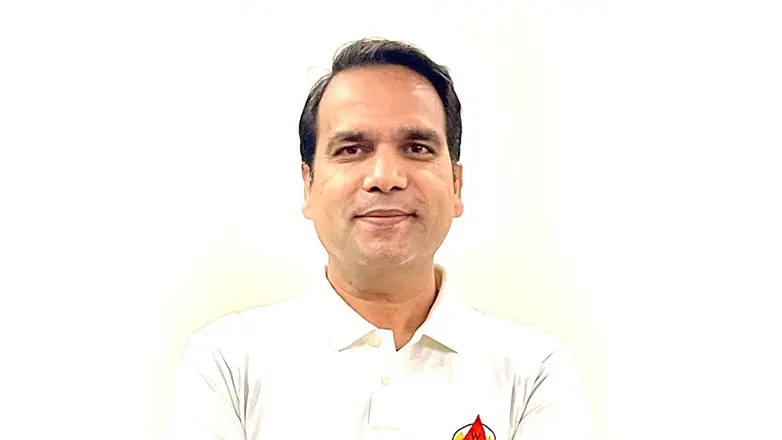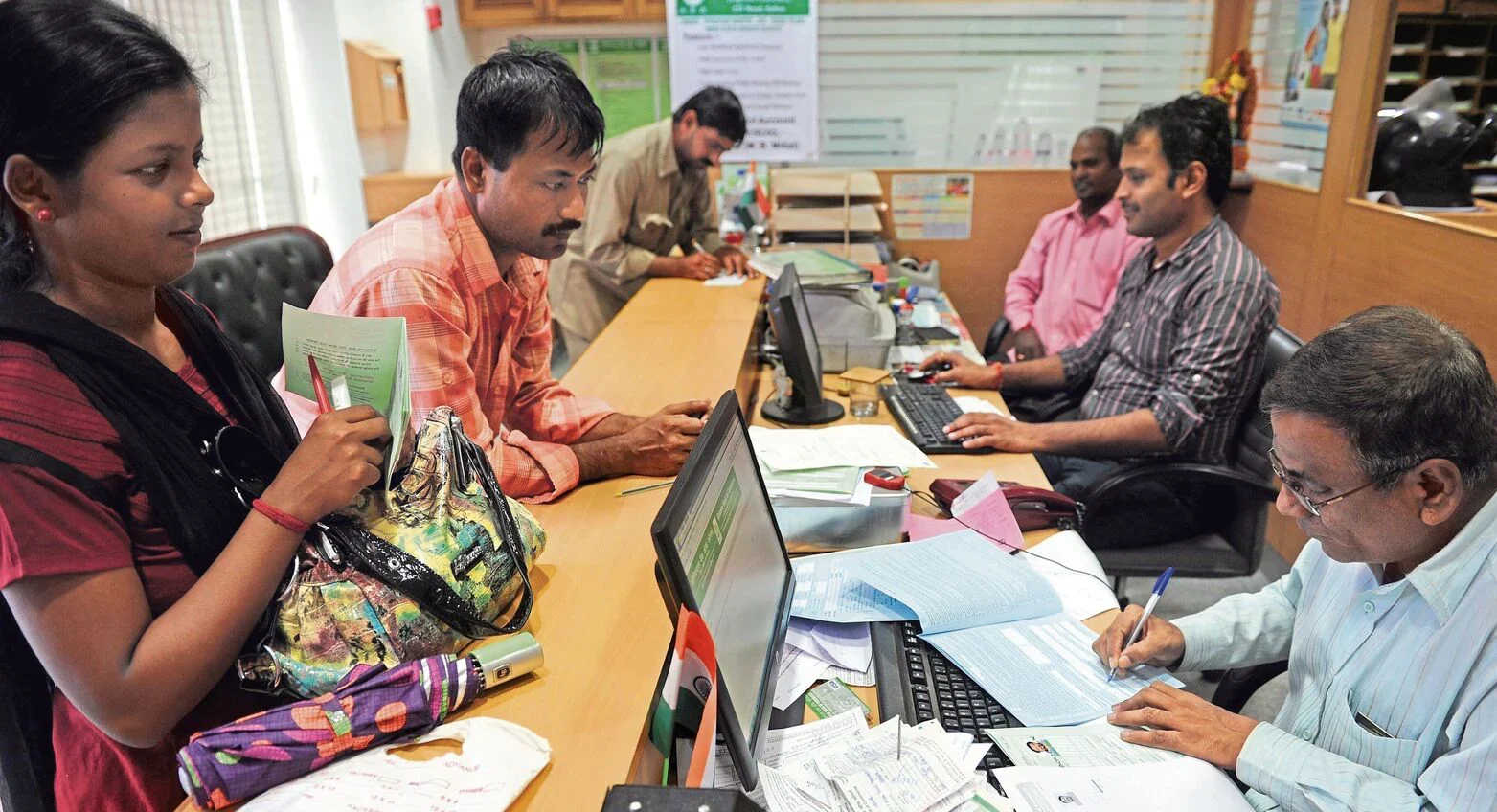As the Income Tax Return, ITR filing season for FY2024–25 begins, the Income Tax Department has already rolled out ITR-1 and ITR-4 forms for individual taxpayers earning up to ₹50 lakh annually. Before rushing to file, taxpayers must familiarize themselves with key provisions of the Income Tax Act, 1961 particularly Sections 80C, 80D, 24B, and 10(13A) to maximize savings and avoid penalties.
Mandatory ITR Filing: Who Must File It?
Under Section 139(1), individuals whose gross income exceeds the prescribed exemption limit are legally required to file ITR. Even those without taxable income might need to file if they meet specific financial thresholds such as foreign asset ownership or high electricity bills.
Thresholds triggering mandatory filing include:
- Income exceeding ₹2.5 lakh (₹3 lakh for those above 60; ₹5 lakh for those above 80)
- Foreign bank accounts or assets, even if dormant
- Electricity bills over ₹1 lakh or foreign travel expenses above ₹2 lakh
- Business turnover above ₹60 lakh or professional receipts over ₹10 lakh
- Bank deposits above ₹1 crore (current account) or ₹50 lakh (savings account)
Top Tax-Saving Provisions to Leverage Before Filing
HRA Exemption – Section 10(13A)
Salaried individuals paying annual rent above ₹1 lakh can claim exemption on House Rent Allowance (HRA). However, valid rent receipts and landlord PAN details are often mandatory.
Investment Deductions – Section 80C
This is the most widely used deduction, offering up to ₹1.5 lakh in tax relief for investments in instruments like:
- Public Provident Fund (PPF)
- Employee Provident Fund (EPF)
- Equity-linked Saving Schemes (ELSS)
- 5-year tax-saving fixed deposits
- Life insurance premiums
Note: Section 80C benefits are applicable only under the old tax regime. Taxpayers opting for the new regime must forgo these but can claim others (e.g., 80CCD(2)).
Health Insurance Premium – Section 80D
One can claim up to ₹25,000 in deduction for premiums paid for self and family (under 60). This goes up to ₹50,000 for senior citizens. An additional ₹50,000 is allowed for insuring dependent senior citizen parents, bringing the total to ₹1 lakh in some cases.
Home Loan Interest – Section 24B
Whether under old or new regime, individuals repaying home loans can claim deductions of up to ₹2 lakh per annum on interest paid. This is in addition to any principal repayment benefits under 80C (old regime only).
Penalties and Late Fees: What to Avoid
Late Filing Fee – Section 234F
Missing the ITR deadline comes at a cost:
- ₹1,000 if income is below ₹5 lakh
- ₹5,000 if income exceeds ₹5 lakh
Late filers might also incur interest under Sections 234A and 234B on unpaid taxes.
Expert Insight: Why File Even If You’re Not Taxable?
Tax experts emphasizes that even individuals without tax liability must file ITR under certain scenarios like owning overseas assets, holding foreign bank accounts, or having high spending patterns. Filing also facilitates future visa applications, loan approvals, and claim settlements.
It looks like there was a memory issue while generating the chart in the current environment. Let me generate a simplified version of the chart using a more efficient method.
| Tax Section | Description | Max Deduction |
|---|---|---|
| 80C | Investments (PPF, ELSS, etc.) | ₹1,50,000 |
| 80D | Health Insurance Premiums | ₹1,00,000 (with parents) |
| 24B | Home Loan Interest | ₹2,00,000 |
| 10(13A) | HRA Exemption | Variable (based on rent, salary, city) |
Bottom Line
Whether salaried, an entrepreneur, or a professional, comprehending the nuances of income tax provisions is not just a compliance nicety, it’s a savings optimisation opportunity. With the government encouraging digital compliance and increased vigour towards scrutiny of transactions, being cognizant and proactive about Sections 80C, 80D, 24B, and 10(13A) is not only intelligent, it’s imperative.
Also Read: Top 5 Credit Cards in India with Free Airport Lounge Access























Adrain Luettgen
Wow wonderful blog layout How long have you been blogging for you make blogging look easy The overall look of your site is great as well as the content